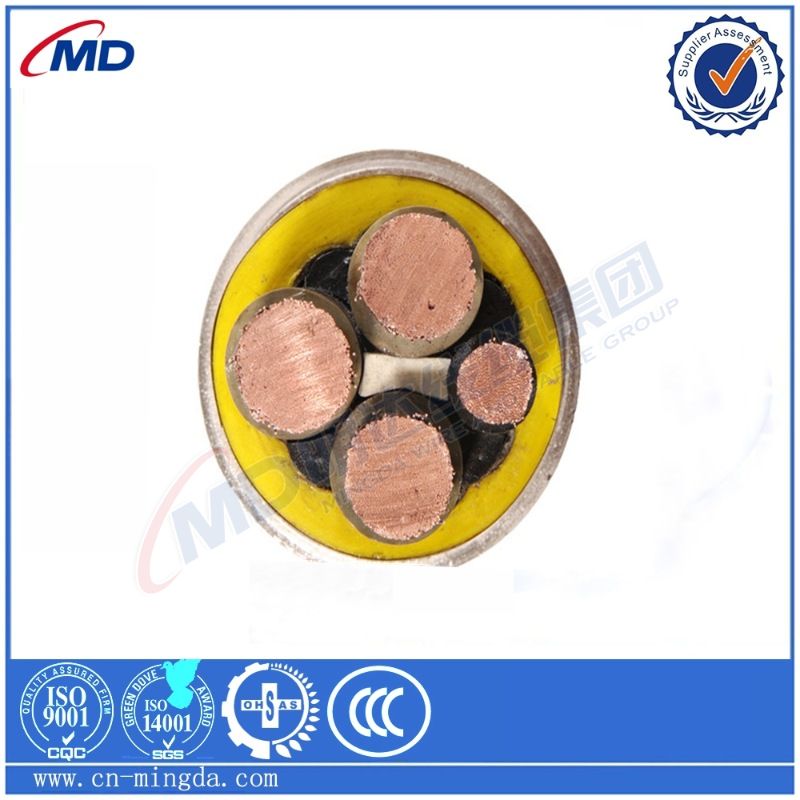Dec . 04, 2024 18:07 Back to list
galvanized rubber expansion joint
Understanding Galvanized Rubber Expansion Joints A Comprehensive Guide
In the world of engineering and industrial applications, the importance of effective vibration control and dampening techniques cannot be overstated. Among the various solutions available, galvanized rubber expansion joints have emerged as a critical component in piping systems. This article delves into what galvanized rubber expansion joints are, their construction, applications, advantages, and maintenance, providing a well-rounded understanding of this essential product.
What are Galvanized Rubber Expansion Joints?
Galvanized rubber expansion joints are specially designed flexible connectors that accommodate movement caused by thermal expansion, contraction, misalignment, and vibrations in piping systems. These joints consist of a rubber body and metal flange connections, typically galvanized to resist corrosion. The rubber material often used in the construction is designed to handle various media, making the joint versatile for different applications.
Construction of Galvanized Rubber Expansion Joints
The construction of galvanized rubber expansion joints typically involves several components
1. Rubber Body The core of the expansion joint is made from synthetic rubber or elastomer material, which provides resilience and flexibility. This rubber is engineered to endure changes in temperature and pressure while maintaining its integrity.
2. Metal Flanges The outer surface of the joint usually features metal flanges, typically made from steel that has been galvanized for enhanced durability. The galvanization process involves coating the steel with zinc to prevent rust and corrosion, which is critical for longevity in harsh environments.
3. Reinforcement Layers Many expansion joints also incorporate fabric or steel reinforcement layers within the rubber to provide added strength and durability.
4. Geometry These joints come in various shapes and sizes, including straight, angled, and elbow configurations, tailored to specific installation requirements.
Applications of Galvanized Rubber Expansion Joints
Galvanized rubber expansion joints are widely used across various industries due to their flexibility and reliability. Key applications include
1. HVAC Systems They are employed in heating, ventilation, and air conditioning systems to absorb vibrations and allow for thermal expansion.
2. Pumping Stations In water and wastewater treatment plants, these joints help manage the dynamic stresses imposed on pipelines.
galvanized rubber expansion joint

4. Marine Applications Due to their corrosion-resistant properties, these joints are also suitable for marine environments, where exposure to saltwater can lead to rapid degradation of standard materials.
Advantages of Galvanized Rubber Expansion Joints
The use of galvanized rubber expansion joints offers several key advantages
1. Vibration Isolation They significantly reduce the transmission of vibrations and noise in piping systems, which contributes to a more comfortable working environment.
2. Flexibility Their ability to flex and absorb movement makes them an ideal choice for a wide range of applications, accommodating both axial and lateral movements.
3. Corrosion Resistance The galvanized metal flanges provide excellent protection against corrosion, increasing the lifespan of the joint.
4. Easy Installation These joints are generally easy to install, often requiring simple tools and minimal labor.
5. Cost-Effective Solution The long-lasting nature of the rubber and galvanized steel combination leads to reduced maintenance costs and replacements.
Maintenance of Galvanized Rubber Expansion Joints
To ensure optimal performance and longevity of galvanized rubber expansion joints, regular maintenance is advised. This includes
1. Visual Inspections Regular inspections for signs of wear, cracks, and corrosion can help identify potential issues before they escalate.
2. Monitoring Performance Keeping track of the joint's performance under different operational conditions can aid in understanding its longevity and need for replacement.
3. Cleaning Ensuring the joint is free from debris and buildup can help maintain its function and appearance.
Conclusion
Galvanized rubber expansion joints play a pivotal role in modern piping systems across various industries. Their unique construction, combined with their ability to provide flexibility and protection against vibration and environmental factors, makes them an indispensable component. By understanding their applications, advantages, and maintenance requirements, engineers and operators can ensure these joints function effectively, contributing to the efficiency and reliability of their systems.
Share
-
Reliable Wafer Type Butterfly Valves for Every IndustryNewsJul.25,2025
-
Reliable Flow Control Begins with the Right Ball Check ValveNewsJul.25,2025
-
Precision Flow Control Starts with Quality ValvesNewsJul.25,2025
-
Industrial Flow Control ReliabilityNewsJul.25,2025
-
Engineered for Efficiency Gate Valves That Power Industrial PerformanceNewsJul.25,2025
-
Empowering Infrastructure Through Quality ManufacturingNewsJul.25,2025